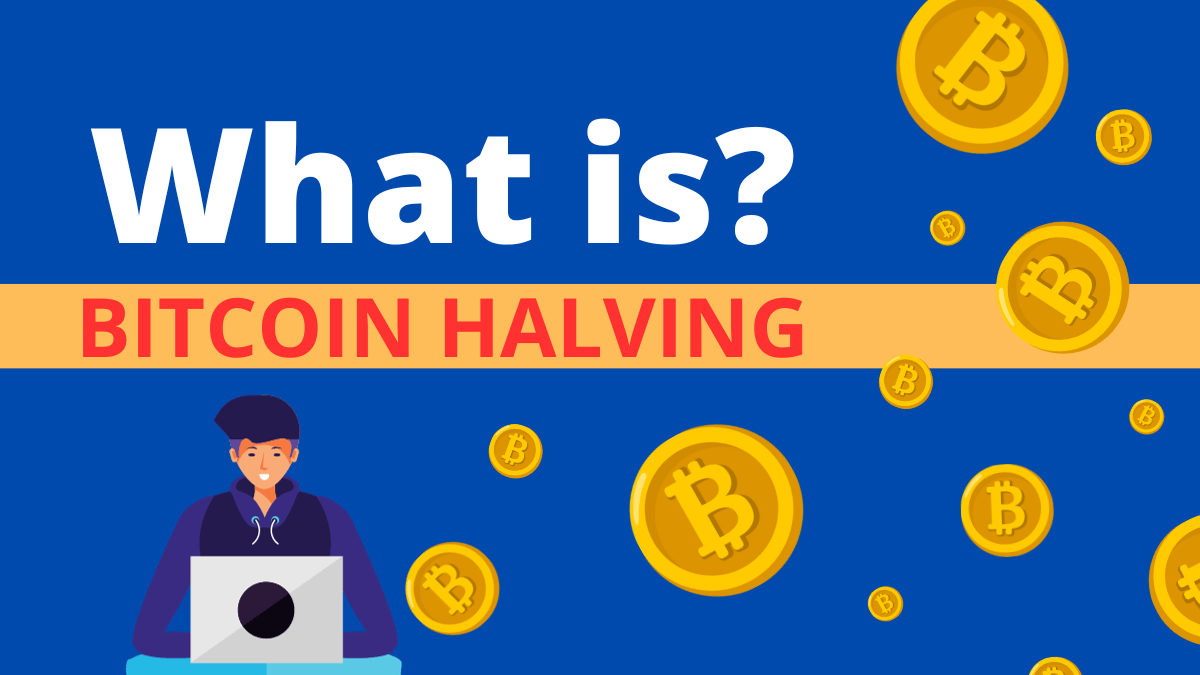Engrossed in the world of cryptocurrencies? Intrigued by the cryptic concept of Bitcoin halving? Buckle up, as we embark on an enlightening journey into the realm of Bitcoin halving, manifestation of financial innovation and its impacts on the economic landscape.
Introduction
As the final coins clink into the digital wallets, the mining process becomes increasingly challenging. What if, every four years, the amount of Bitcoin received by miners for solving complex algorithms gets slashed into half? Let’s delve into the secretive universe of Bitcoin halving and unravel its gilded interlinks with the market.
Unraveling the Cryptic Curtain of Bitcoin Halving
Put simply, Bitcoin halving is an automatic event programmed into Bitcoin’s source code, occurring every 210,000 blocks, roughly every four years.
Understanding the Basics
Every 10 minutes, a miner wins a Bitcoin block reward for adding a new block to the blockchain. However, this reward doesn’t remain constant; it’s halved every four years. This event is referred to as Bitcoin halving.
First halving: 2012 (reward decreased from 50 Bitcoin to 25)
Second halving: 2016 (reward decreased from 25 Bitcoin to 12.5)
Third halving: 2020 (reward decreased from 12.5 to 6.25)
The next Bitcoin halving is expected in 2024.
Bitcoin halving is like a digital gold rush. Just as gold’s value is partly due to its scarcity, so too is Bitcoin’s.
The Mathematics Underpinning Halving
Understanding the mathematics behind halving requires comprehension of Bitcoin’s source code. Simply put, the code is designed such that new Bitcoins are created at a fixed and gradually decreasing rate. This rates halves every four years till all Bitcoins are mined, which is anticipated to occur in 2140.
The Bull Run Phenomenon
Historically, halving has been followed by a bull run—a term used to denote appreciating crypto prices.
Post first halving in 2012, Bitcoin’s price increased from around $11 to over $1,000 in one year.
After the second halving in 2016, Bitcoin’s price grew from approximately $650 to around $20,000 in late 2017.
Post third halving in 2020, Bitcoin’s price jumped from about $9,000 to achieve an all-time high of around $65,000 in April 2021.
Although past performance is not indicative of future results, this correlation intrigues crypto enthusiasts and fuels speculations around halving events.
Economic Implications
Bitcoin halving additionally influences the broader economic landscape.
- Supply-Demand Dynamics: As halving reduces the rate of new Bitcoin entering the market, the reduced supply can lead to price inflation if demand remains strong.
- Mining Economics: Mining becomes more difficult post-halving, possibly leading to a drop in competition as less efficient miners exit the market.
- Investment Interest: Halving events draw media attention, potentially stimulating investment interest and leading to a significant influx of new participants into the crypto market.
Summary
Delving into the Bitcoin halving phenomena allows a fascinating glimpse into the mechanics of cryptocurrencies and economic impacts that go beyond mere price action. As we anticipate the next halving, let’s remember, understanding the essence of Bitcoin and the principles underlying it fuels the spirit of the digital gold rush.
Finally, while Bitcoin halving events have historically triggered bull runs, it’s always crucial to remember the volatile nature of cryptocurrencies. As a wrap-up takeaway: practice careful due diligence and research before jumping onto the crypto bandwagon. Happy crypto explorations!













